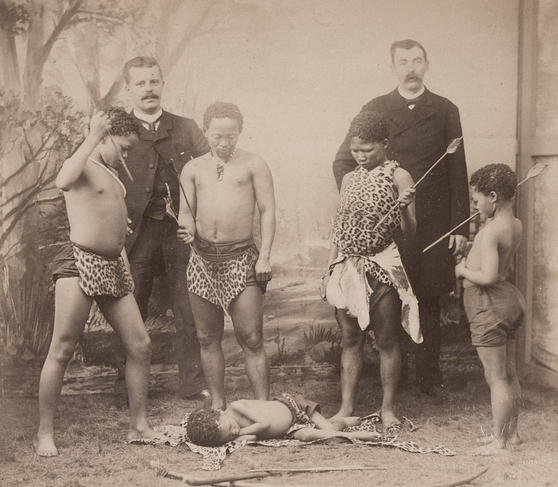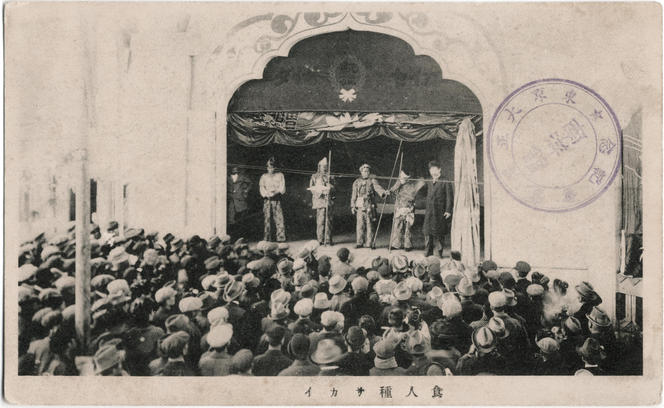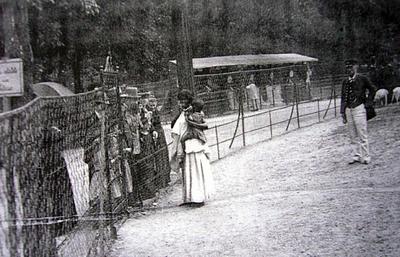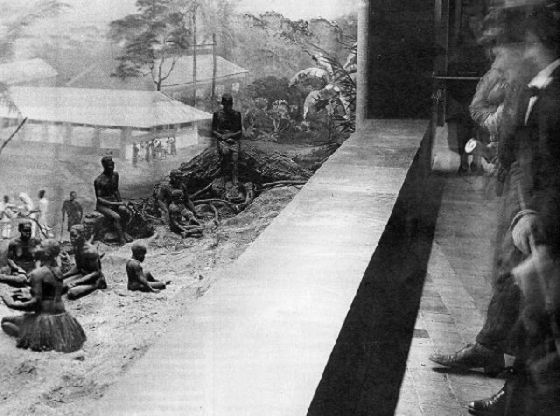Trajan
Veteran

Paris, 1889. The City of Light was celebrating 100 years of “liberty, equality and fraternity.” In addition to the brand-new Eiffel Tower, the other main attraction that awaited the 28 million visitors to the Universal Exposition that year was a “Negro Village” with 400 African inhabitants, exhibited among the colonial pavilions on the Esplanade des Invalides. For the past decade, such native villages had been a feature of most international fairs, and the practice would continue well into the 20th century.
Hamburg, London, Brussels, Chicago, Geneva, Barcelona, Osaka… The major cities that prided themselves on their modernity exhibited people whom they considered savages in human zoos. Senegalese, Nubians, Dahomeans, Egyptians, Laplanders, Amerindians, Koreans and other so-called “exotic” peoples were put on display in environments evoking their native lands, often in tacky costumes and in proximity to wild animals. An exhibition in Brussels in 1897 even included a sign reading, “Do not feed the Congolese. They have been fed.” More than a billion people flocked to see this type of exhibition between 1870 and 1940.


This photograph from 1886 depicts, in the foreground, Les Boschiman, a show featuring Pygmies (Bushmen) at the Folies Bergère in Paris.

A postcard depicting Korean “cannibals” in Tokyo in 1914. Koreans were presented as savages at several exhibitions in Japan in the early 20th century.










 . The London youth have become an extension of American black twitter.
. The London youth have become an extension of American black twitter.
 I remember him
I remember him